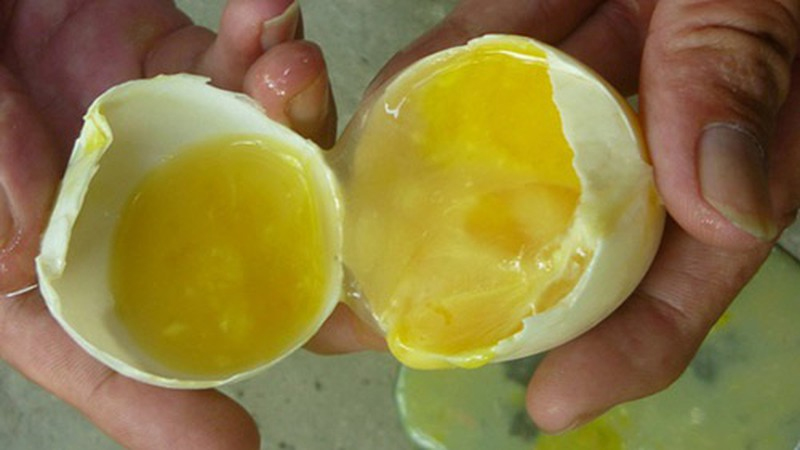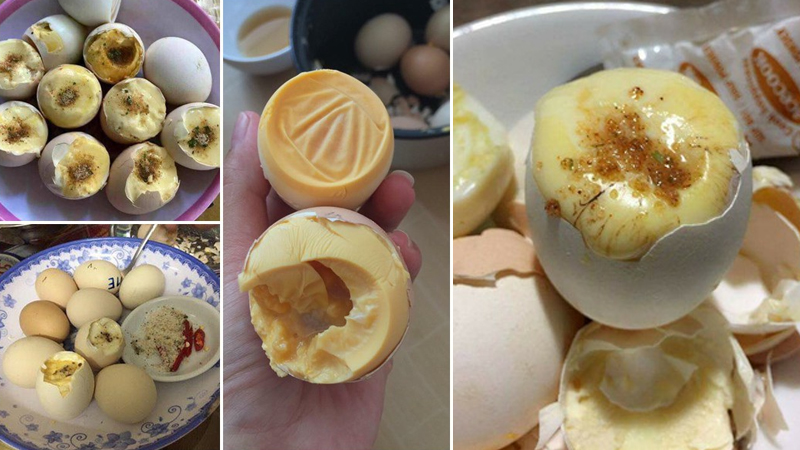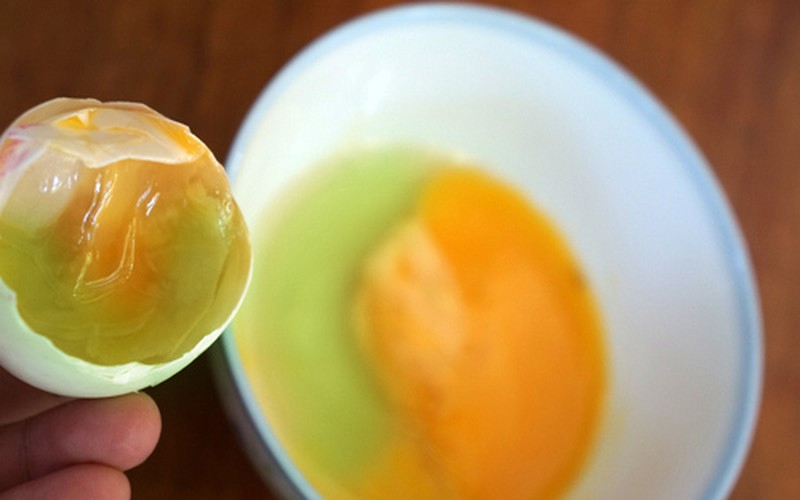Many consider balut a delicacy, but what exactly is it? And how can you tell if a balut egg is fresh? This article delves into the world of balut eggs, offering insights into their nature, nutritional value, and how to differentiate between fresh and spoiled eggs. With this knowledge, you can make informed choices when purchasing and consuming balut.
1 What is Balut?

Balut, or “incubated duck eggs,” are fertilized duck eggs intentionally allowed to develop and incubate before being cooked and consumed. This incubation process is critical, requiring specific temperature and environmental conditions to encourage embryo growth within the egg.
Balut eggs differ from regular eggs in that they lack a distinct separation between the egg white and yolk. Additionally, they often have a distinctive, slightly pungent aroma and vary in color, texture, and flavor.
2 Is Balut Safe to Eat?

According to Doctor Nguyen Van Tien from the National Institute of Nutrition, regular eggs are nutrient-rich, containing proteins, vitamins, and minerals. However, highly nutritious foods like eggs are also susceptible to spoilage, which can lead to the formation of toxins harmful to our health. Spoiled eggs can produce hydrogen sulfide (H2S), known as rotten egg gas.
In the case of balut eggs, protein breakdown results in a loss of nutritional value. The egg shell, normally protective, becomes compromised, allowing bacteria like salmonella and other harmful toxins to enter. Additionally, balut eggs can produce methane, contributing to their distinct odor.

Consuming balut may not always lead to noticeable adverse effects, especially if it’s freshly spoiled or consumed in small quantities. However, regularly eating spoiled balut eggs increases the risk of salmonella infection, causing vomiting and diarrhea. Untreated salmonella poisoning can be severe for those with weakened immune systems, including the elderly, young children, and pregnant women.
It’s crucial to be vigilant and seek medical attention if any unusual symptoms arise after consuming balut eggs.
3 How to Tell if a Balut Egg is Fresh or Spoiled
Smell the Egg
One reliable method to check if a balut egg has spoiled is to crack it open and take a whiff. If it emits an unpleasant odor, discard it. Sometimes, you might notice the smell even before cracking the egg.

Examine the Color of the Egg White
Typically, a fresh egg yolk will be vibrant yellow or orange. To assess balut egg freshness, focus on the egg white. If it appears green, iridescent, or has black spots and unusual colors like pink or green, it indicates spoilage and the presence of toxins.
However, if the egg white has a red spot resembling blood, it’s likely due to a broken blood vessel and is safe to consume as long as there are no strange odors.

Inspect the Egg Shell
When buying balut eggs, always check the shell for cracks or abnormalities. A cracked shell increases the likelihood of bacterial contamination. If the shell feels rough or appears moldy, discard the egg to avoid potential contamination.

Perform a Water Float Test
While not a definitive spoilage test, the water float test estimates the egg’s age. Simply place the egg in a bowl of water—if it sinks or lies on its side, it’s fresh. If it stands on one end, it’s older but edible. However, if it floats, discard it as it’s likely spoiled.

In conclusion, while balut eggs are a unique delicacy, be mindful of their potential health risks. Always buy balut eggs from reputable sources and inspect them thoroughly before consumption. By following the tips above, you can make informed choices and safely enjoy balut eggs.



































